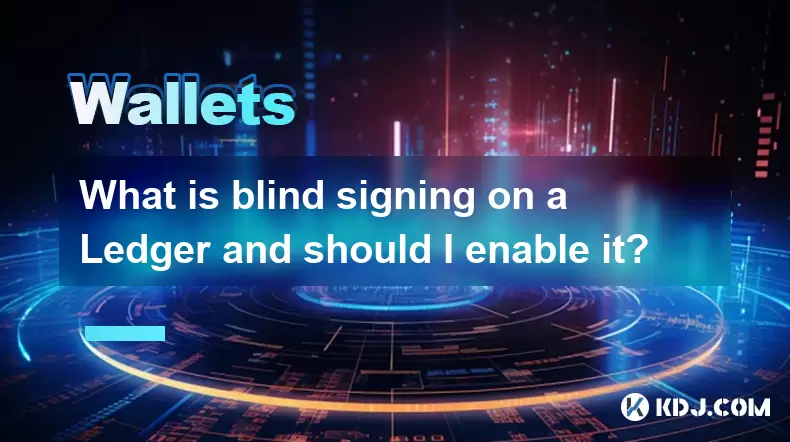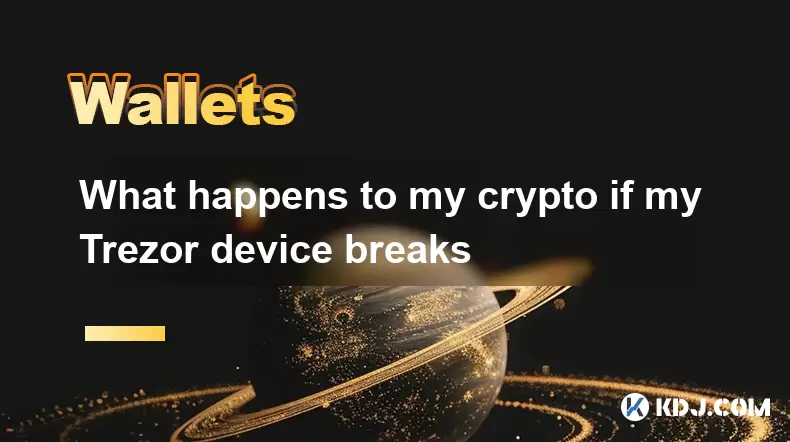-
 Bitcoin
Bitcoin $121,528.0299
2.98% -
 Ethereum
Ethereum $3,068.2796
3.56% -
 XRP
XRP $2.9875
7.26% -
 Tether USDt
Tether USDt $1.0001
-0.01% -
 BNB
BNB $704.3033
2.01% -
 Solana
Solana $166.8292
2.88% -
 USDC
USDC $0.9998
0.00% -
 Dogecoin
Dogecoin $0.2063
3.87% -
 TRON
TRON $0.3027
-0.01% -
 Cardano
Cardano $0.7480
2.62% -
 Hyperliquid
Hyperliquid $48.3868
0.88% -
 Stellar
Stellar $0.4534
6.74% -
 Sui
Sui $3.9316
14.29% -
 Chainlink
Chainlink $16.2437
5.70% -
 Bitcoin Cash
Bitcoin Cash $513.4177
1.89% -
 Hedera
Hedera $0.2398
4.90% -
 Avalanche
Avalanche $21.7489
2.41% -
 UNUS SED LEO
UNUS SED LEO $9.0122
-0.22% -
 Shiba Inu
Shiba Inu $0.0...01375
3.85% -
 Toncoin
Toncoin $3.0263
0.37% -
 Litecoin
Litecoin $97.1823
2.52% -
 Polkadot
Polkadot $4.1006
3.53% -
 Monero
Monero $350.5690
4.05% -
 Uniswap
Uniswap $9.5209
12.39% -
 Dai
Dai $0.9997
-0.03% -
 Ethena USDe
Ethena USDe $1.0003
-0.04% -
 Pepe
Pepe $0.0...01257
2.00% -
 Bitget Token
Bitget Token $4.4824
2.65% -
 Aave
Aave $325.5161
7.61% -
 Bittensor
Bittensor $418.6689
6.29%
What is blind signing on a Ledger and should I enable it?
Blind signing on Ledger allows signing transactions for unsupported blockchains but requires trusting dApps as transaction details aren't verified by the wallet.
Jul 14, 2025 at 06:08 am

Understanding Blind Signing on a Ledger
Blind signing is a feature available on Ledger hardware wallets, such as the Nano S and Nano X, that allows users to sign transactions for certain blockchain protocols that are not natively supported by the device. Normally, when you interact with decentralized applications (dApps), your Ledger verifies the transaction details before allowing you to approve it through the physical buttons on the device.
However, some blockchains like Ethereum-based networks (e.g., Binance Smart Chain, Polygon, Avalanche) or Tezos require additional functionality that isn't fully integrated into Ledger Live or the firmware of the wallet. This is where blind signing comes in — it enables the wallet to sign arbitrary data without validating the content of the transaction first.
How Does Blind Signing Work?
When blind signing is enabled, your Ledger will allow dApps to send raw transaction data directly to the wallet for approval. Instead of showing detailed transaction information (like recipient address, amount, fees), the wallet displays a generic message asking if you want to sign the provided data.
This means:
- The transaction details are not parsed by the Ledger application.
- You must trust the dApp interface to present accurate information.
- You're essentially signing what you see on the screen of your computer or phone, not what’s shown on the Ledger device.
The process involves:
- Connecting your Ledger via USB or Bluetooth.
- Opening the relevant app (like Ethereum or Tezos).
- Receiving a raw transaction request from a dApp.
- Approving the signature using the Ledger's physical buttons.
Use Cases Where Blind Signing Is Required
There are several scenarios where blind signing becomes necessary for interacting with certain decentralized platforms:
- Using non-native apps like MetaMask or Rabby with your Ledger.
- Interacting with custom smart contracts on EVM-compatible chains.
- Participating in DeFi protocols or NFT marketplaces that aren’t fully integrated with Ledger apps.
- Staking or voting on governance platforms built on unsupported chains.
For example, if you try to use Binance Smart Chain with MetaMask, you'll need to enable blind signing for the Ethereum app on your Ledger because Ledger doesn’t have a dedicated BSC app.
Risks Associated With Enabling Blind Signing
While blind signing unlocks more flexibility, it also introduces significant risks:
- Phishing attacks: Malicious dApps could trick you into signing transactions that drain funds from your wallet.
- Transaction manipulation: If the dApp front-end is compromised, you may unknowingly sign a harmful transaction.
- Lack of transparency: Since the Ledger doesn’t show the actual transaction content, you can't verify the destination address or value being sent.
Therefore, enabling this feature should be done with caution and only when necessary.
How to Enable Blind Signing on Your Ledger Device
To enable blind signing, follow these steps:
- Connect your Ledger device to your computer.
- Open Ledger Live and go to the Settings menu.
- Navigate to the Security section.
- Look for the option labeled "Blind signing policy".
- Change the setting from "Strict" to "Prompt" or "Always accept" depending on your needs.
After changing this setting, you’ll need to open the relevant application (e.g., Ethereum) each time you interact with a dApp that requires blind signing.
You may also need to manually toggle the setting back to strict after completing the interaction to reduce risk exposure.
Should I Enable Blind Signing? Considerations Before Proceeding
Before enabling blind signing, ask yourself the following questions:
- Are you interacting with trusted platforms?
- Do you fully understand the risks involved?
- Can you afford to lose funds if something goes wrong?
If you're an advanced user who frequently uses DeFi or non-supported chains, then enabling blind signing might be necessary. However, if you primarily transact on native apps and chains supported by Ledger, there’s no need to activate this feature.
Additionally, always ensure that:
- Your Ledger firmware is up to date.
- You’re using a reputable browser extension like MetaMask.
- You have two-factor authentication enabled on all accounts.
Frequently Asked Questions (FAQs)
Q: What happens if I accidentally sign a malicious transaction with blind signing enabled?
A: If you approve a malicious transaction while blind signing is active, your funds could be transferred to an attacker’s wallet. Always double-check the dApp interface and ensure you're interacting with verified contracts.
Q: Can I enable blind signing for specific apps only?
A: No, the blind signing setting applies globally to the selected application (e.g., Ethereum). Once enabled, any dApp requesting a signature for that chain will trigger the blind signing prompt.
Q: Is blind signing the same as regular transaction signing on a Ledger?
A: No. Regular signing involves Ledger parsing and displaying transaction details. Blind signing skips this verification step, making it less secure but more flexible.
Q: How do I know if a dApp requires blind signing?
A: If the dApp prompts you to enable blind signing or shows an unsigned transaction without details in your Ledger, it likely relies on this feature. Check the dApp’s documentation or support forums for guidance.
Disclaimer:info@kdj.com
The information provided is not trading advice. kdj.com does not assume any responsibility for any investments made based on the information provided in this article. Cryptocurrencies are highly volatile and it is highly recommended that you invest with caution after thorough research!
If you believe that the content used on this website infringes your copyright, please contact us immediately (info@kdj.com) and we will delete it promptly.
- Smokin' Crypto Tokens: Riding the Wave of New Tech and Big Money
- 2025-07-14 18:50:12
- Crypto Presale Heats Up: BlockchainFX Aims to Outpace Shiba Inu, Challenging Binance
- 2025-07-14 19:30:11
- Meme Coin Mania: Your Step-by-Step Guide to Viral Success in 2025
- 2025-07-14 18:00:36
- UK Treasury Watch: Bitcoin Surge Lifts Companies Amidst Crypto Optimism
- 2025-07-14 16:30:12
- Crypto Investment Beyond XRP: Unearthing High-Potential Substitutes
- 2025-07-14 18:10:12
- Satoshi Nakamoto: Bitcoin's Billionaire Mystery – Richest Person?
- 2025-07-14 16:50:12
Related knowledge

What is a hardware wallet's secure element
Jul 11,2025 at 10:14pm
What is a Hardware Wallet's Secure Element?A hardware wallet is one of the most secure ways to store cryptocurrencies. Unlike software wallets, which ...

What is the difference between a custodial and non-custodial wallet
Jul 13,2025 at 03:21am
Understanding Wallet Types in CryptocurrencyIn the world of cryptocurrency, digital wallets play a crucial role in managing and securing assets. A wal...

How to add a new network to MetaMask
Jul 11,2025 at 11:42pm
Understanding the Need to Add a New NetworkWhen using MetaMask, a popular Ethereum-based cryptocurrency wallet, users often need to interact with diff...

How to add Ethereum L2 networks like Arbitrum to Trezor
Jul 11,2025 at 12:36am
What Is Ethereum L2 and Why Add It to Trezor?Ethereum Layer 2 (L2) networks, such as Arbitrum, are scaling solutions designed to reduce congestion on ...

What happens to my crypto if my Trezor device breaks
Jul 11,2025 at 01:49pm
Understanding Hardware Wallet FailureWhen you store cryptocurrency in a Trezor hardware wallet, the private keys are kept offline, offering a high lev...

How to find a specific receiving address on my Trezor
Jul 09,2025 at 10:36pm
Understanding the Purpose of a Receiving AddressA receiving address is a unique identifier used in blockchain networks to receive cryptocurrency. Each...

What is a hardware wallet's secure element
Jul 11,2025 at 10:14pm
What is a Hardware Wallet's Secure Element?A hardware wallet is one of the most secure ways to store cryptocurrencies. Unlike software wallets, which ...

What is the difference between a custodial and non-custodial wallet
Jul 13,2025 at 03:21am
Understanding Wallet Types in CryptocurrencyIn the world of cryptocurrency, digital wallets play a crucial role in managing and securing assets. A wal...

How to add a new network to MetaMask
Jul 11,2025 at 11:42pm
Understanding the Need to Add a New NetworkWhen using MetaMask, a popular Ethereum-based cryptocurrency wallet, users often need to interact with diff...

How to add Ethereum L2 networks like Arbitrum to Trezor
Jul 11,2025 at 12:36am
What Is Ethereum L2 and Why Add It to Trezor?Ethereum Layer 2 (L2) networks, such as Arbitrum, are scaling solutions designed to reduce congestion on ...

What happens to my crypto if my Trezor device breaks
Jul 11,2025 at 01:49pm
Understanding Hardware Wallet FailureWhen you store cryptocurrency in a Trezor hardware wallet, the private keys are kept offline, offering a high lev...

How to find a specific receiving address on my Trezor
Jul 09,2025 at 10:36pm
Understanding the Purpose of a Receiving AddressA receiving address is a unique identifier used in blockchain networks to receive cryptocurrency. Each...
See all articles

























































































